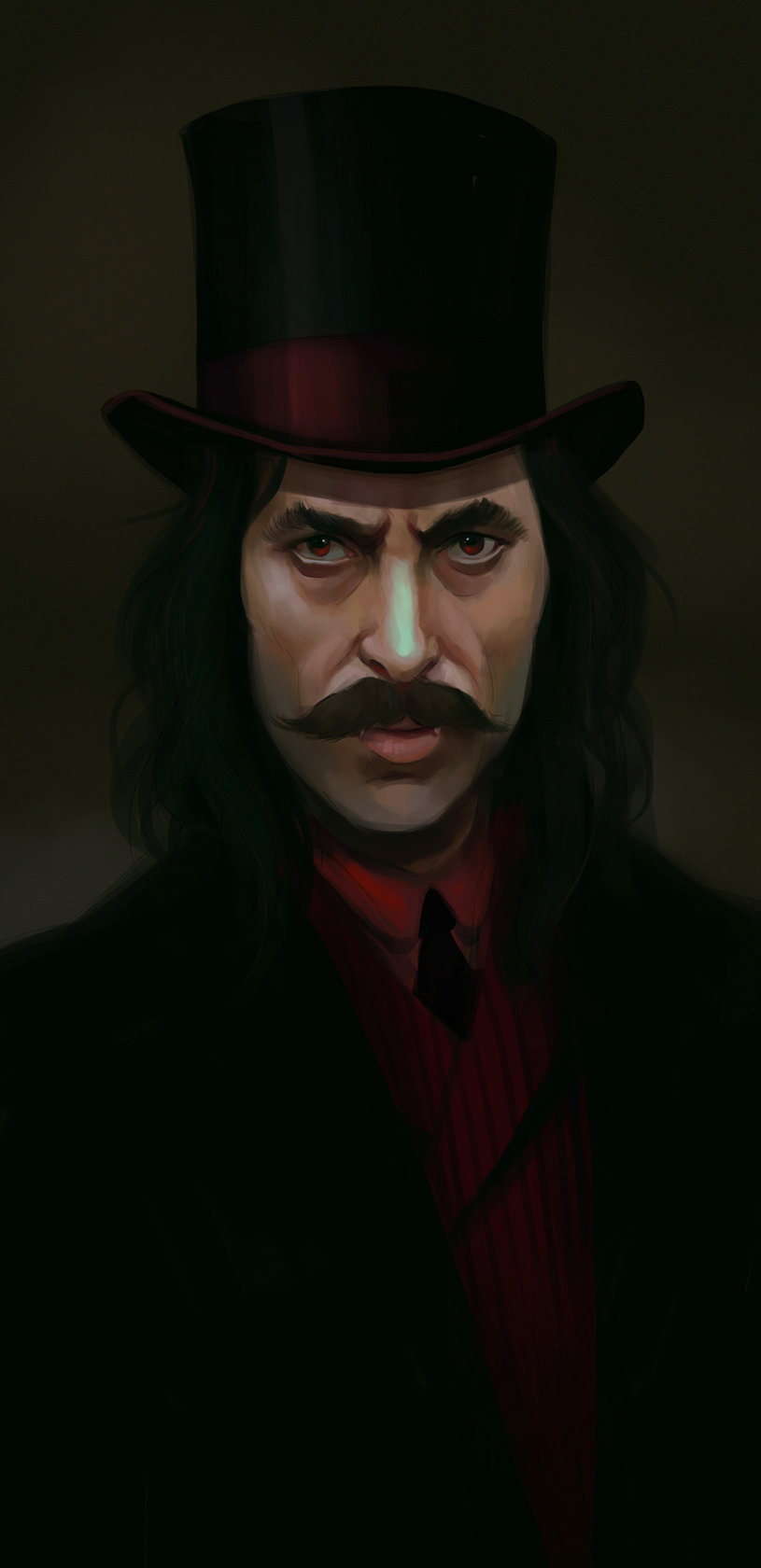
Covenant with the Vampire, by Jeanne Kalogridis
(The Diaries of the Family Dracul, Book One)
© 1994 Dell Horror
It's been a long time since I read Bram Stoker's Dracula, but this prequel, set fifty years before the events of that tale, brought back to me with vivid clarity the creeping dread and shocking horror of the Dracula mythos. Part of Dracula's allure is his ambiguity, his inability to be defined, the impossibility of pinning down exactly who -- or even what -- he is. Is the vampiric antagonist of Bram Stoker's 1897 Gothic horror novel truly the same person as the historical Vlad Tepesh, Vlad the Impaler, or is he just some random undead who's putting on airs? Is he even just a vampire, or does the hair on his palms and his ability to turn into a monstrous wolf make him also a werewolf?
I was impressed and pleased to discover that Covenant with the Vampire is written, like the original Dracula, as an epistolary novel (or "novel made of letters"), with each chapter taking the form of a diary entry from one of the main characters. This use of multiple viewpoints and voices lends the novel texture, plus credibility as each character's account of events corroborates or expands upon that of the others. It also sets us up for a lot of dramatic irony: being privy to the inner thoughts of each of the main characters, we (the readers) inevitably know more than any one character is ever aware of, which means that we can only watch in mute horror as characters take actions and make decisions which we, knowing better than they, wish desperately to warn them against. The diary-entry format also gives us a sense of immediacy and urgency, as the characters explain to us where and when they are recording their thoughts: on sleepless candlelit nights, on scraps of paper stolen between visits from a nosy sister-in-law, on sunny mornings that make it difficult to trust one's own memories of the night before.
The story begins on "5 April, 1845" as Arkady Tsepesh, last male scion of the family Tsepesh (descendants of the infamous Vlad the Impaler), returns with his heavily-pregnant English wife, Mary Windham Tsepesh, to his ancestral home, Castle Dracula, following news from his deformed elder sister Zsuzsanna Tsepesh that their father has fallen gravely ill. Arkady and Mary arrive mere hours after his father's passing, and it is during the vigil for the deceased that we catch our first glimpse of Great-Uncle Vlad.
 |
| As you've probably guessed already, "Great-Uncle" Vlad is really more of a great-great-great-great-great-great-great-great-great-great-great-uncle. |
 |
| "You look different, Uncle Vlad: have you done something with your heir?" |
As Arkady explores the estate and its grounds in pursuit of fleeting glimpses of his long-dead brother Stefan, he makes a grisly discovery in the woods beside Castle Dracula which results in what the old Ravenloft setting would call "a malign paradigm-shift", in which everything he knew, or thought he knew, about his uncle, his family, and the very nature of reality itself comes crashing down around his head. I can't tell you any more without giving too much away, but suffice it to say that if you're a fan of the creepy, the macabre, and the outright horrifying, Covenant with the Vampire will amply satisfy your disgusting predilections (you nasty little pervert, you).
As readers, our foreknowledge of what ultimately happens in Bram Stoker's Dracula -- that any attempts to kill Dracula are doomed to failure, that he must produce at least three "brides" and turn poor, mad Renfield into his creature, that at some point his mortal servants must abandon him and his castle to fall to ruins -- has the effect of producing great dramatic tension. We know that these things must occur in order for Stoker's narrative to make sense, but knowing that the blows must come but not knowing how or when they will fall, or in which order, may be the cruelest torture of all.

Welp. The first mention of incest and I lost any and all interest in reading this book, so there's that.
ReplyDeleteOh the incest arc is squicktastic, no doubt. But I don't think anyone could reasonably expect a prequel to "Dracula" to be anything less than utterly fucked-up. We are talking about a man who, in life, felled whole forests to make the stakes on which he would impale his enemies, and was known to nail people's hats to their heads for failing to remove them in his presence.
DeleteTwilight, this ain't.
This comment has been removed by the author.
ReplyDelete